BLOG
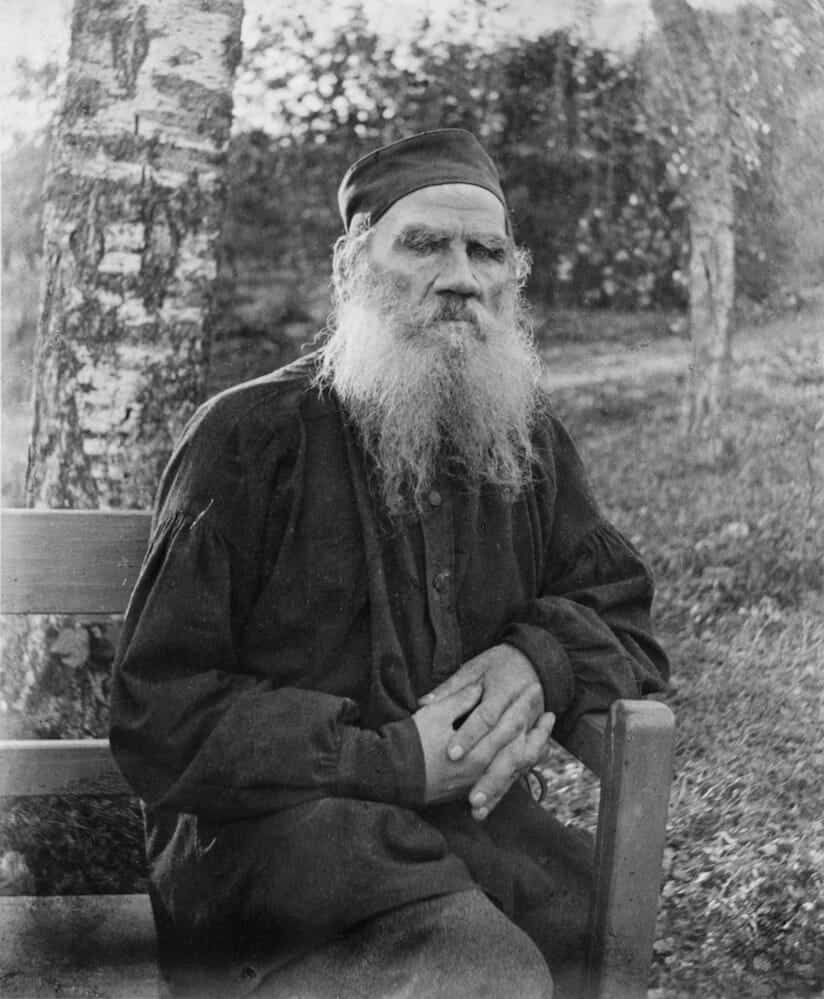
Tolstoy – “What is Art?
Back in the days when movies were still shown on late night TV (and still are sometimes), there was a movie called "Pretty Baby" directed by the great Louis Malle. I don't remember for sure, but I think it was shown more than once.
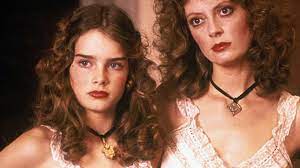
The story is about a 12-year-old girl, Violet, who makes her debut as a prostitute, falls in love with a photographer, misses her parents, and returns to her mother in a brothel in the American South in the 1910s. In the film, 12-year-old Brooke Shields (who played the heroine) appeared fully nude and posed for old men, which was more painful than beautiful. Of course, Louis Malle must have made the film to make a point about the painfulness, about women being treated as commodities, and about the rights of children to be children. However, there are now some people who think that the film should not only be shown on TV, but also that the sale of DVDs should be strictly regulated.
In 1979, the year after this film was screened, Roman Polanski's "Tess" was released, and the love affair between the then 15-year-old Nastassja Kinski (who played the heroine) and the then 46-year-old director Roman Polanski became a hot topic.
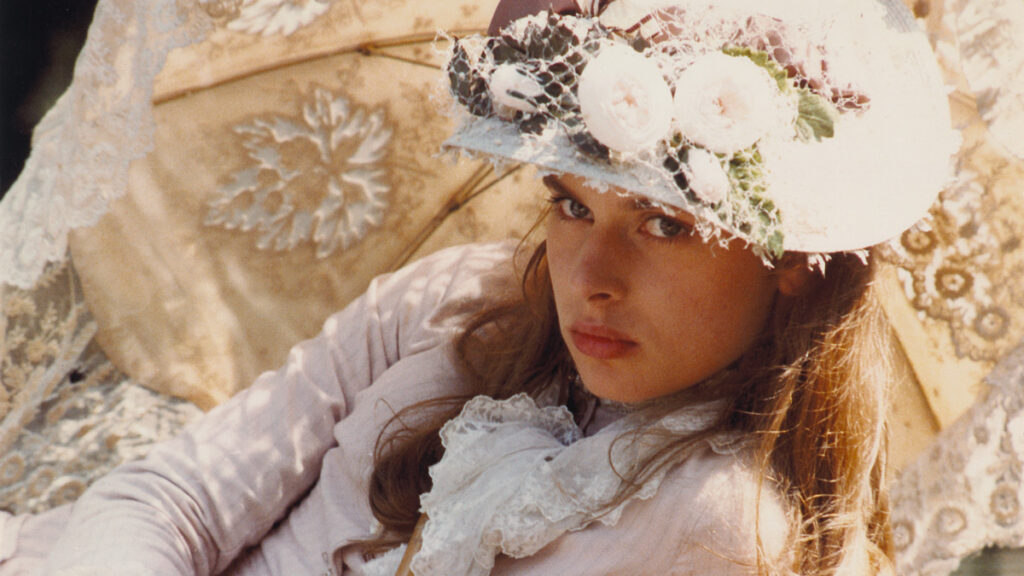
In fact, Polanski was indicted for child rape (rape of a 13-year-old girl) in the U.S. in 1977, and after fleeing the country, he came to France to shoot this "Tess" film. Therefore, even though the film is set in England, the scenery is all French. Currently, Roman Polanski is banned from the Academy of Motion Picture Arts and Sciences, which sponsors the Academy Awards.
In France, in the 1930s, Balthus painted "Thérèse Dreaming," which even Picasso called a genius, and married a beautiful Japanese woman 34 years younger than him.
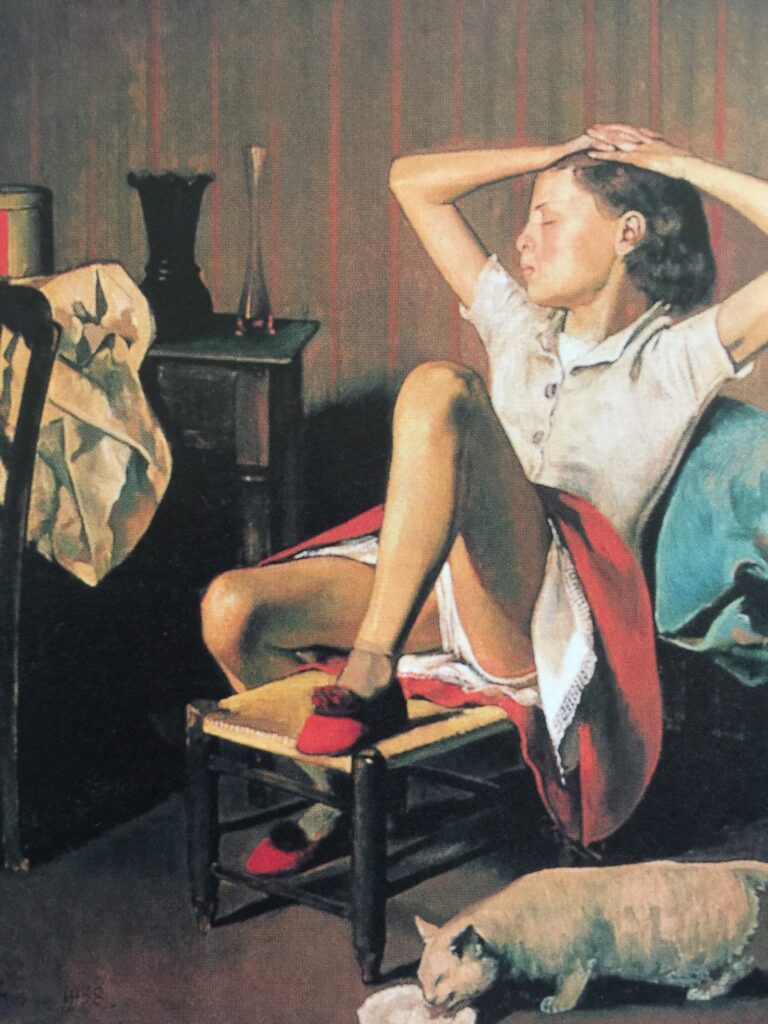
Recently, a petition and signatures were submitted to the Metropolitan Museum of Art to remove the painting "Dreaming Therese". The reason given was: "We were shocked by this painting of a young girl in a pose suggestive of sex. We were shocked by this painting, which shows a young girl in a pose suggestive of sex, and worried that a famous museum like the Metropolitan Museum would proudly display such a painting.
Robert Mapplethorpe, a photographer active in the 1980s who died prematurely of AIDS, was the subject of a court case in Japan over a photo book published after his death. When the president of the publishing company that produced the Japanese edition of Mapplethorpe's photo book published in the U.S. returned to Japan from the U.S., he tried to bring the book into the country, but was notified by customs that it was a prohibited import. The reason given was that the book contained photographs of the male subjects with their genitals directly exposed, and thus constituted "obscene pictures.
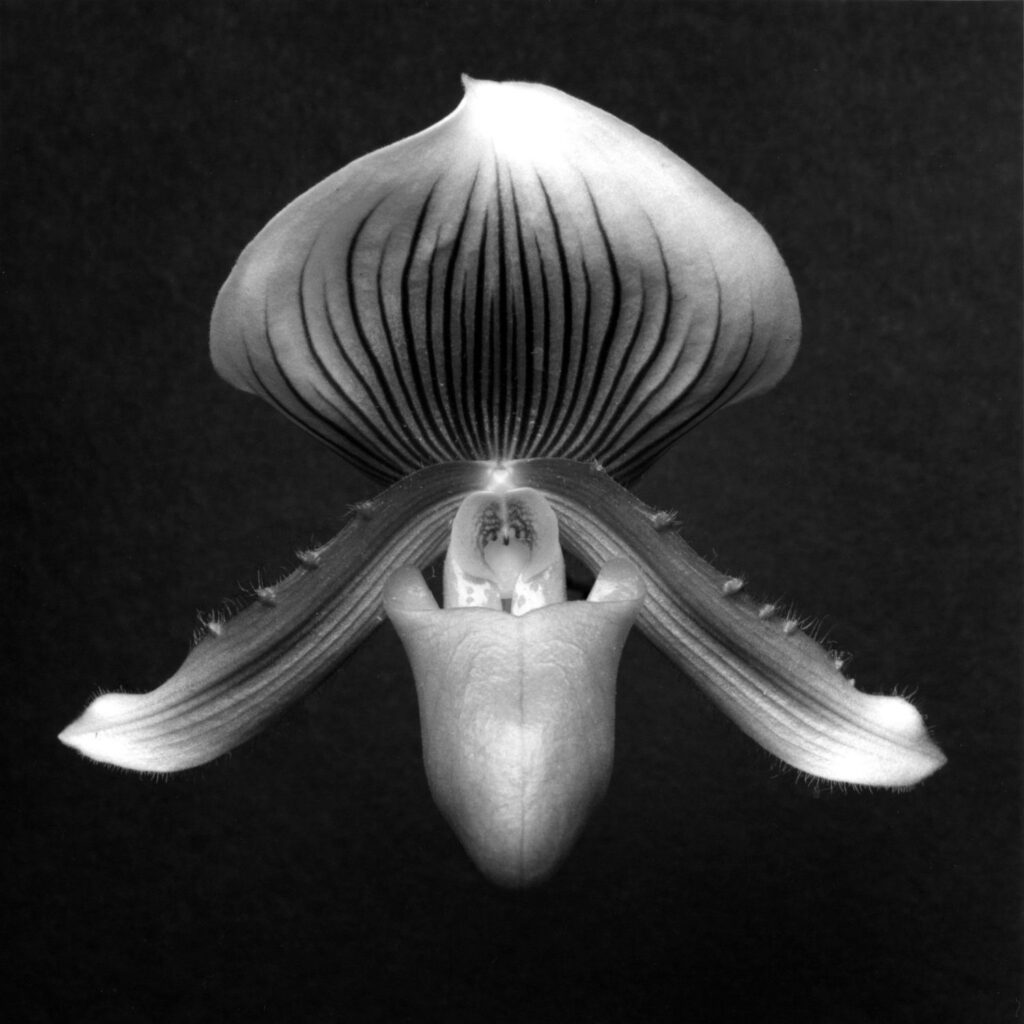
The president of the publishing company appealed the decision and filed a lawsuit against the government. The case began in 1994 and went all the way to the Supreme Court in 2008. The case started in 1994 and was brought to the Supreme Court in 2008. However, even before 2008, Mapplethorpe's photo collection was highly praised for its artistic quality, and many photo exhibitions were held in Japan, and the government lost the case.
Looking at this trend, it seems that the standards of art have changed drastically from the 20th century to the 21st century. In particular, in recent years, through the LGBT and #ME TOO movements, things that were once completely unappreciated have gained artistic value, and things that were once touted as the flower of art are now targets of burning.
It may seem like I'm pestering you here again, but I'm reminded of the murky court case between Woody Allen and Mia Farrow. It all started in 1992, when it was discovered that the then 53-year-old Woody Allen had been having a sexual relationship with Mia Farrow's adopted daughter, Soon-Yi, who was 22 at the time (actually, it started when Soon-Yi was in high school). Later, Woody Allen was accused of sexually abusing Dylan (then 7 years old), also Mia Farrow's adopted daughter, but the case never went to trial, and Mia Farrow lost the custody battle. The most important thing was the fact that Woody Allen went around telling the major media that Mia Farrow's lawsuit was "made up by a jealous woman," and the media just let it slide. But in 2016, Woody Allen's son, Ronan Farrow, a reporter for Newsweek, was accused of sexual abuse again. This Ronan is a well known genius in the U.S. He got into Harvard at the age of 12, was a scholar at Oxford University, and even qualified as a lawyer, and is also the initiator of the #ME TOO movement. The story of this area has even been made into a drama called "Mia Farrow vs. Woody Allen", so if you have time, take a look at it. If you have time, take a look at it. It's hilarious because it portrays Woody Allen as an asshole.
I don't know the truth for sure, but I do know that Woody Allen's reputation has been slowly declining since this 2016 accusation. Natalie Portman and other current actors have started to give him a "no".
In the 1990s and 2000s, Woody Allen was still a genius, a representative of New Yorkers, and a celebrity. But was it just me, or did his films become less and less interesting?
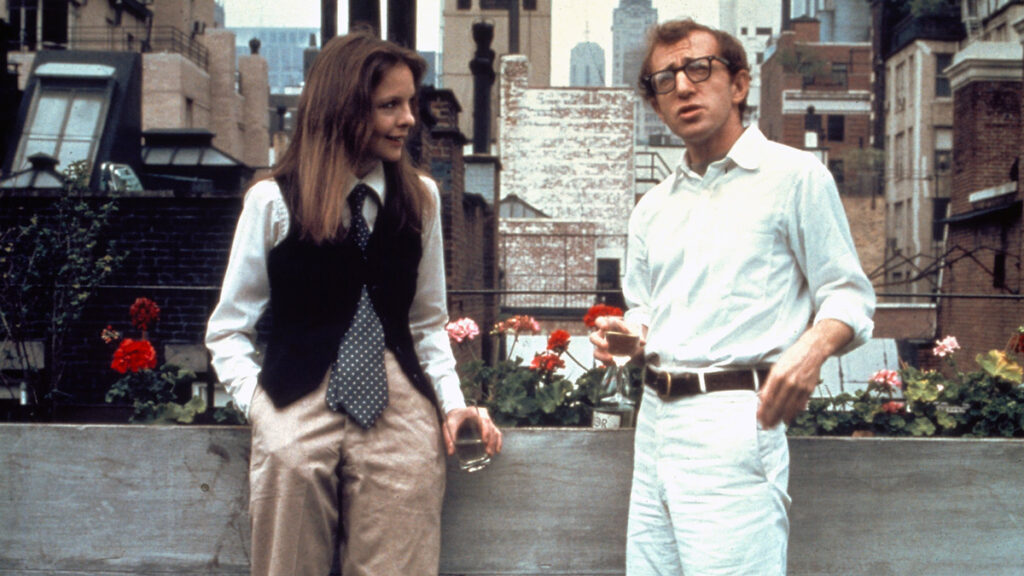
I think Woody Allen's films in the 1970s were unquestionably interesting, and "Annie Hall" is still one of my top ten favorite movies of all time.
However, after "Broadway and Bullets" (1995), with the exception of "Guitar Player's Love" (1999), I found it too much of a romantic drama for my liking.
On the other hand, the scandals were somehow sealed and the films were still screened at prestigious film festivals and were still highly acclaimed, which was a bit questionable. It's not that interesting, I thought.
Woody Allen is now unable to make films in the US, and his Amazon deal to air his films has been postponed and then terminated (A Rainy Day in New York is still being shown outside the US).
What are we to make of this 180-degree turn in Woody Allen's reputation? Will his past works be subject to criticism? Where are all the critics who used to give Woody Allen high praise without batting an eye?
☆☆☆☆
But first of all, what is art?
I would like to quote Mr. Shunichi Tokura, the current Commissioner of the Agency for Cultural Affairs, who himself is a composer and has served as the Chairman of the Japan Music Rights Association (JASRAC), as he answered the Yomiuri Shimbun's interview dated May 19, 2021.
-As the Corona disaster continues, there are strong calls from the field for not only subsidies for "doing something," but also compensation for losses and benefits for those who do not even have the strength to be active.
Togura: "It would be bad if people who don't earn much money in normal times could suddenly earn money with benefits. Culture and art are based on ability. The problem is that talented people are in poverty, and I would like to create a fair situation for them."
-You are a composer yourself, but what is the meaning of culture and art in the Corona disaster?
Tokura: "If there are people who think that culture and art are 'unnecessary' in human life, they should stop thinking that way. -We should never think that culture and art are unnecessary and that we should rebuild the economy first. However, it is difficult to get the government to understand this in a real sense. That's why I think it's my position to try my best to persuade them.
What this interview shows is that, for Tokura, artists who should be protected are those who can make enough money, and those who do not make money and do it for fun are not artists. At the same time, however, he also asserts that art is not something that is "unnecessary and urgent.
From the standpoint of the government, which requires some kind of clear criteria for compensation, support, etc., the definition of art may end up being "whether or not the artist is earning money as a professional.
With a vague feeling, I opened the website of the Agency for Cultural Affairs.
I wondered if the dullness of the contents, which is a little hard to accept, is also an approach to a wide range of people.
I opened the Basic Plan for the Promotion of Culture and the Arts.
I saw a section called "Mid-term Plan for a Nation of Culture and the Arts". I didn't know there was such a plan.
Summary version (https://www.bunka.go.jp/seisaku/bunka_gyosei/hoshin/pdf/plan_gaiyo_1.pdf)
It looks like a Rakuten store page.
There seemed to be detailed information underneath it, so I opened it.
https://www.bunka.go.jp/seisaku/bunka_gyosei/hoshin/pdf/plan_2.pdf
It was created in 2014, so it's already seven years old.
Mr. Hirofumi Shimomura wrote the foreword.
The year before, the Tokyo Olympics were decided to be held, and he expressed his hope that 2020 would be the year of the Olympics as well as the year of a new leap forward and creation for Japan. The words "Olympics for reconstruction," "Cool Japan," "Japan as a hub for global cultural exchange," and many other exaggerated phrases are lined up. Everything seems to be built around the Olympics.
Nowadays (as of 2021), it all sounds hollow.
However, what was really interesting was the "Members of the Advisory Committee for the Realization of a Nation of Culture and the Arts," which was attached to the reference materials. The top members include lyricist Yasushi Akimoto, Hiroshi Mikitani of Rakuten, and the president of Chanel. Of course, people active in the world of culture and the arts are also on the list, but there are no next-generation artists or researchers. Perhaps no one would have participated even if I had called on them.
☆☆☆☆
The book "What is Art?" is a philosophy of life and criticism written by Lev Tolstoy over a period of about seven years.
In his forties, Tolstoy wrote "War and Peace" and "Anna Karenina," and was praised as a genius of description, but in his fifties, he became deeply devoted to primitive Christianity, engaged in starvation relief activities, and led a simple and unsophisticated life. In his fifties, however, he became deeply devoted to primitive Christianity, engaged in starvation relief activities, and led a simple and unsophisticated life. The subject of his criticism, including his own works, was "what is art?
The root of art is beauty, which has been the subject of much debate since the 18th century, and is the basis of aesthetic art theory.
So what is "beauty"?
This is a difficult question to answer, because beauty itself cannot be defined or expressed in words. Like the development of the ego, it can only be recognized through a relative approach. Each person has a different value standard for beauty.
Originally, the word "beauty" was an expression used to describe the appearance of beauty, natural scenery, architecture, and the human body. The sculptures, buildings, myths, and poetry of the ancient Greek civilization were the standard of beauty in Europe, and influenced every age. However, the expression and familiarity with "beauty" in ancient Greek civilization was not possible without the existence of slaves. The modern sense of ethics did not exist there.
Over time, as Christian values spread, the idea that "beauty" should be sacred in the name of God spread. Just as Adam and Eve in the Garden of Eden gained wisdom by eating the forbidden fruit in the "creation period" of the Old Testament, beauty was given a sense of ethics. Thus, the expression "beauty" came to be applied not only to appearance, but also to music and thought.
However, after the Middle Ages, when faith was lost among Europe's upper classes, the focus shifted to "pleasure" alone, and the meaning of art was lost, according to Tolstoy. For more details, please read the book, but I have an image that after the Age of Discovery in Europe, the "humanist movement" of the Renaissance took place, and art with the theme of "pleasure" became more and more popular. There is an aspect of admiration for ancient Greek art and a sense of rebellion against Christian ethics.
So what was the original meaning of art?
Tolstoy says that art is a means of human life - a means of interaction between humans. In other words, it is "communication.
This theory makes so much sense that it makes me want to slap my knee over and over again.
The Lascaux murals are said to have been painted by the Paleolithic Cro-Magnons. When everyone saw the vibrant image of a bull on the wall, they must have felt the same awe of nature as the person who painted it.
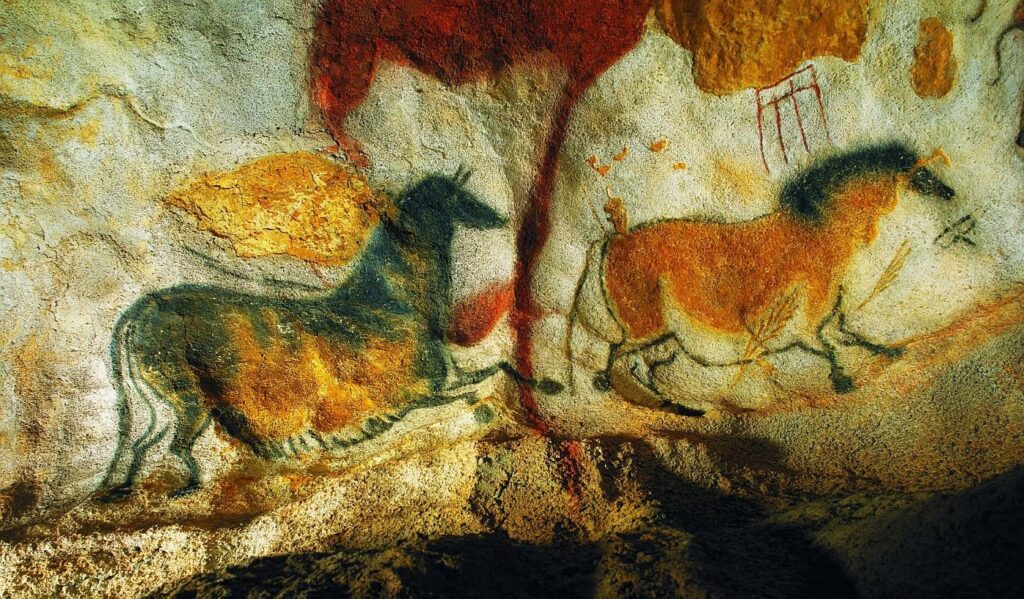
It seems to me that there is no other form of art that can overcome time, language, and race in such a way that allows us to exchange our will.
On the other hand, if we consider the contagiousness of such emotions as art, we must admit that there is art that causes good emotions and art that causes bad emotions. In recent years, "cruel movies," "cruel games," and "poetry that provokes murder" have been the focus of much attention. These are often concluded not to be art, and have been banned.
However, it is also true that if we ban them based on such a hodgepodge logic, people will pursue them more and more paranoid.
Therefore, it seems necessary to separate the debate between whether something is "art" and whether it is ethically wrong. I think that the evaluation and criticism of Woody Allen should be separated. However, the reason we cannot do so is because of the emotional problems we have.
Beauty and goodness, Tolstoy concludes, do not coincide, but rather are opposites. His philosophy and belief was that "art" should be used to help us become better human beings.
☆☆☆☆
Art" = "Communication
If we adopt the theory, the words of Mr. Tokura, the Commissioner of the Agency for Cultural Affairs, which I discussed in the previous section, "Art is not unnecessary and urgent," are true, and I think it is most necessary now. Therefore, I would like to see it actually spread more than just words, and what I am focusing on is the opening ceremony of the Olympics. I wonder what kind of artistry will be shown in what is called a non-essential cultural festival… Just the other day, there was an idea to have a female celebrity appear in a pig costume… I keep saying, it's a non-essential cultural festival… Mario will appear again? Mario again? There are also rumors of a reunion of Arashi (Japanese idol group)…
I just hope that the culture and art of this country will not be used as a camouflage for "greed".
Yukiko Yako


